Witch Hazel
- October 17, 2023
- 0 comment
Witch hazel, scientifically known as Hamamelis virginiana, is a versatile and widely recognized plant known for its numerous medicinal and cosmetic properties. Native to North America, witch hazel is a deciduous shrub or small tree that is primarily appreciated for its astringent and anti-inflammatory qualities. Its distinctive, spidery yellow flowers bloom in the late fall and early winter, adding to its unique charm. Witch hazel’s bark, leaves, and twigs are traditionally used to create an extract rich in tannins and other compounds, which give it the ability to reduce swelling, soothe skin irritations, and alleviate various dermatological conditions.
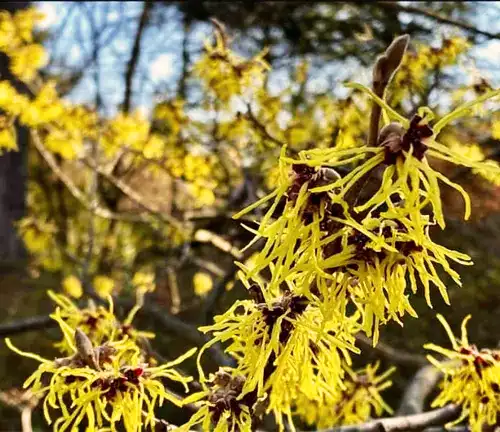
It’s a common ingredient in skincare products like toners and ointments, renowned for its ability to minimize pores and alleviate skin discomfort. Beyond its cosmetic applications, witch hazel has been a staple in traditional medicine, where it is employed to treat ailments such as hemorrhoids, bruises, and insect bites. Its natural, gentle effectiveness has cemented witch hazel’s status as a time-tested botanical remedy with a myriad of practical uses.
| Characteristics | Description |
| Scientific Name | Hamamelis virginiana |
| Common Names | Witch hazel, American witch hazel |
| Family | Hamamelidaceae |
| Habitat | Native to North America, commonly found in Eastern United States and parts of Canada |
| Plant Type | Deciduous shrub or small tree |
| Flowering Season | Late fall to early winter, with spidery yellow flowers |
| Active Components | Tannins, flavonoids, essential oils, gallic acid |
| Traditional Uses | Astringent, anti-inflammatory, skincare, cosmetic, and medicinal applications |
| Medicinal Uses | Treating skin irritations, reducing swelling, soothing hemorrhoids, insect bites, and bruises |
| Cosmetic Uses | Common ingredient in skincare products, including toners and ointments |
| Other Uses | Native American and early settlers used it for a variety of medicinal purposes |
| Availability | Witch hazel extract is widely available in liquid form for various applications |
| Harvesting | Bark, leaves, and twigs are typically harvested to create witch hazel extract |
Botanical Beauty of “Witch Hazel”
Witch hazel, known scientifically as Hamamelis virginiana, is a botanical wonder renowned for its unique beauty and multifaceted applications. This native North American shrub, with its distinctive spidery yellow blossoms, captivates the eye as it blooms during the late fall and early winter months. Its enchanting flowers seem almost ethereal against the backdrop of barren winter woods. Witch hazel’s beauty extends beyond its appearance, as its bark, leaves, and twigs hold a wealth of natural goodness, making it a staple in the world of skincare and traditional medicine.
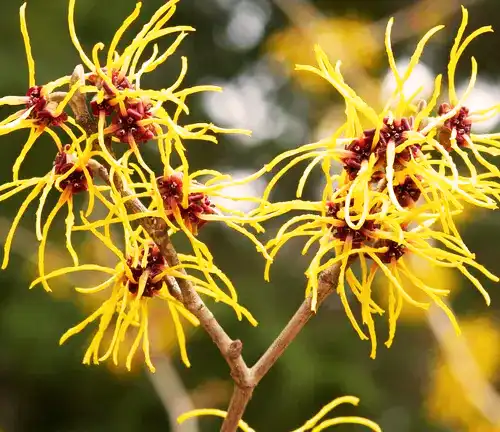
Woodland Elegance
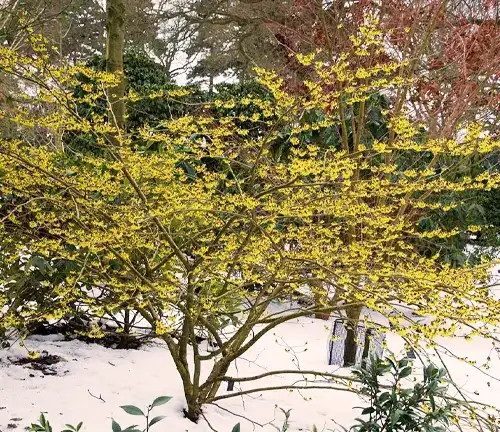
Nestled in the woodlands of Eastern United States and parts of Canada, witch hazel brings an elegant touch to the forest floor. As a deciduous shrub or small tree, it contributes to the ecological tapestry with its gracefully arching branches and striking yellow flowers. Amidst the backdrop of autumnal foliage, witch hazel’s unique blossoms serve as a beacon of hope, signaling the transition from fall to winter with their charming beauty.
Ecological Importance


Witch hazel plays a vital role in its native ecosystems. It offers nourishment to various wildlife species, particularly moths and late-season pollinators that depend on its nectar as a valuable food source. Moreover, the shrub contributes to soil stability, helping to prevent erosion and maintain the ecological balance of its woodland habitat.
Cultivation and Conservation
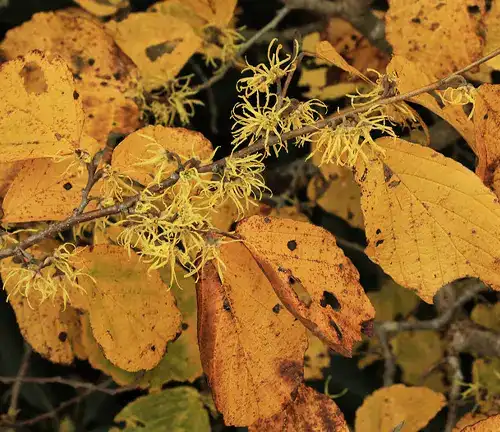
Cultivating witch hazel has become an essential practice, ensuring the plant’s availability while protecting its native populations. With sustainable cultivation methods, witch hazel is harvested for its bark, leaves, and twigs, which are used to create its valuable extract. Conservation efforts are also in place to preserve the wild populations of this remarkable plant.
Fragrance
The enchanting fragrance of witch hazel is often overlooked. Its delicate, sweet scent is a true gift of nature, a reminder that beauty can be multisensory. This fragrance, along with its other qualities, has made witch hazel a beloved ingredient in perfumes, skincare products, and even herbal remedies.
Soil Stabilization
Beyond its allure and fragrance, witch hazel contributes to the environment through soil stabilization. Its extensive root system aids in preventing soil erosion, helping to maintain the structural integrity of the forest floor. This vital ecological function underscores its importance in woodland ecosystems.
Common Uses
Witch hazel has a rich history of use dating back centuries. Native American tribes and early settlers recognized its potent properties. Today, it is commonly utilized in the preparation of skincare products, such as toners and ointments. Its astringent and anti-inflammatory qualities make it a top choice for treating skin irritations, reducing swelling, and providing relief from conditions like hemorrhoids, bruises, and insect bites.

Benefits


The benefits of witch hazel extend far and wide. Its versatility as a natural remedy, cosmetic ingredient, and ecological cornerstone make it a valuable asset. Whether it’s soothing a skin ailment or adding an elegant touch to the woodland landscape, witch hazel stands as a testament to the wonders of the natural world. Its beauty, fragrance, and myriad applications continue to captivate and enrich our lives, reminding us of the enduring connection between nature and human well-being.
Different Species
Hamamelis virginiana
Commonly known as American witch hazel, this species is native to North America, primarily the eastern United States. It’s known for its astringent and medicinal properties, and it has spidery yellow flowers that bloom in the late fall and early winter.
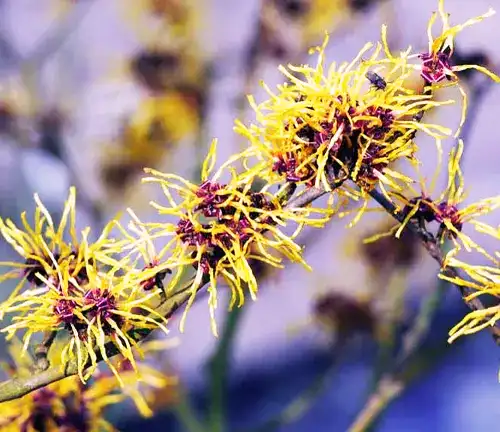

Hamamelis japonica
Native to Japan, this species is known for its attractive, fragrant flowers and is often grown for ornamental purposes. It’s a popular choice in Japanese gardens and is valued for its winter blooms.
Hamamelis mollis
Also known as Chinese witch hazel, this species hails from China. It is prized for its vibrant, fragrant yellow flowers and is cultivated as an ornamental plant in gardens and parks.
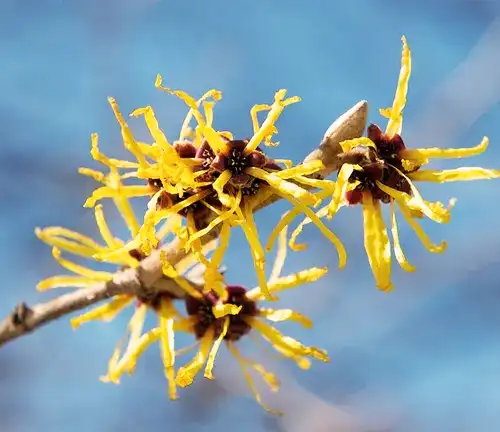
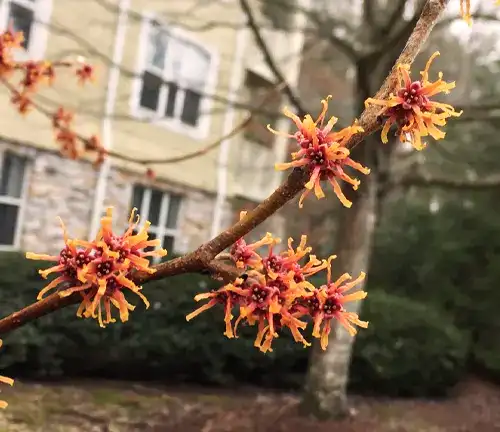
Hamamelis vernalis
This species, commonly called Ozark witch hazel, is native to the central United States. It blooms in late winter to early spring, making it one of the few species that flowers during this time. Its fragrant, spidery blossoms are a welcome sight in the late winter landscape.
Hamamelis ovalis
Native to the southeastern United States, this species is often referred to as common witch hazel. It is similar to Hamamelis virginiana and is valued for its medicinal uses and attractive flowers.
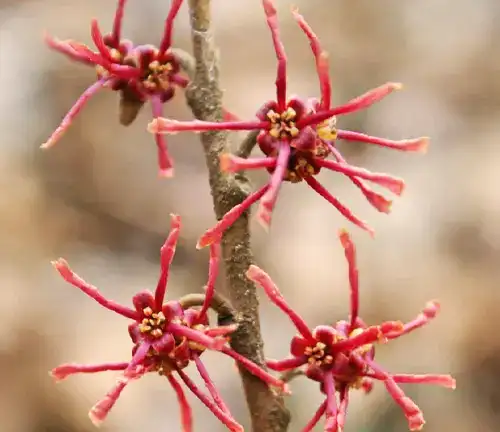

Hamamelis x intermedia
These are hybrid witch hazels, resulting from crosses between various species. They are cultivated for their ornamental value and are known for their colorful, fragrant flowers. Popular cultivars include ‘Jelena,’ ‘Arnold Promise,’ and ‘Diane.’
Frequently Asked Questions (FAQs)
- What is witch hazel?
Witch hazel is a plant, scientifically known as Hamamelis virginiana, valued for its medicinal and cosmetic properties. It is native to North America and has distinctive yellow flowers. - How is witch hazel used in skincare?
Witch hazel is commonly used in skincare products like toners and ointments. It’s known for its astringent properties, which help to minimize pores, soothe skin irritations, and reduce inflammation. - What are the medicinal uses of witch hazel?
Witch hazel has been traditionally used to treat various skin conditions, including insect bites, bruises, and hemorrhoids. It is also known for its anti-inflammatory and wound-healing properties. - Is witch hazel safe for all skin types?
Witch hazel is generally considered safe for most skin types, but it may be too harsh for very sensitive or dry skin. It’s essential to use it in moderation and perform a patch test if you have sensitive skin. - Can witch hazel be ingested?
While witch hazel is safe for external use, it should not be ingested. The type of witch hazel used in skincare products is not suitable for consumption, and ingesting it can be harmful. - How is witch hazel harvested and processed for its extract?
Witch hazel extract is typically obtained by harvesting the bark, leaves, and twigs of the plant. These parts are then processed to create the extract rich in tannins and other beneficial compounds. - Are there different species of witch hazel?
Yes, there are various species of witch hazel, including Hamamelis virginiana, Hamamelis japonica, Hamamelis mollis, Hamamelis vernalis, Hamamelis ovalis, and hybrid species like Hamamelis x intermedia. - Is witch hazel eco-friendly?
Witch hazel has ecological importance in its native habitats. It supports wildlife by providing nectar for late-season pollinators and aids in soil stabilization, helping to prevent erosion. - Are there any side effects or precautions when using witch hazel?
Some individuals may experience skin irritation or allergies when using witch hazel topically. It’s advisable to perform a patch test before regular use and discontinue if any adverse reactions occur. - Where can I find witch hazel products?
Witch hazel-based products are widely available at drugstores, health food stores, and online retailers. You can find witch hazel extract, toners, ointments, and more for various skincare and medicinal purposes.



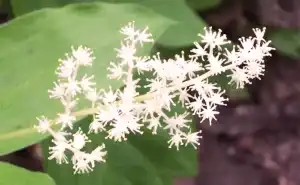
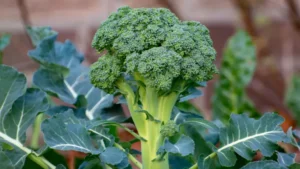

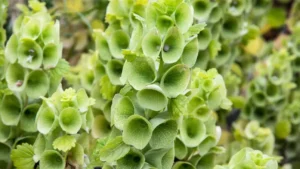

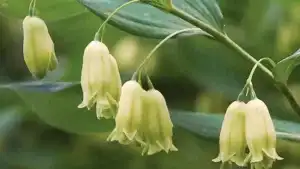
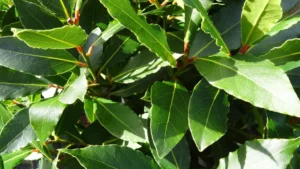
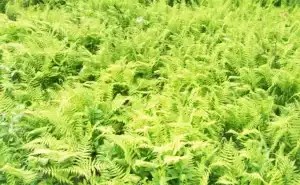

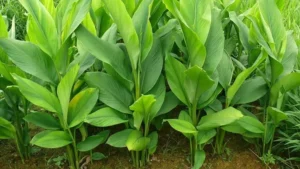
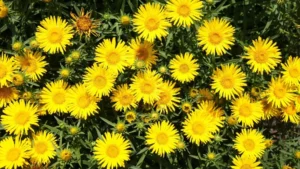
Leave your comment